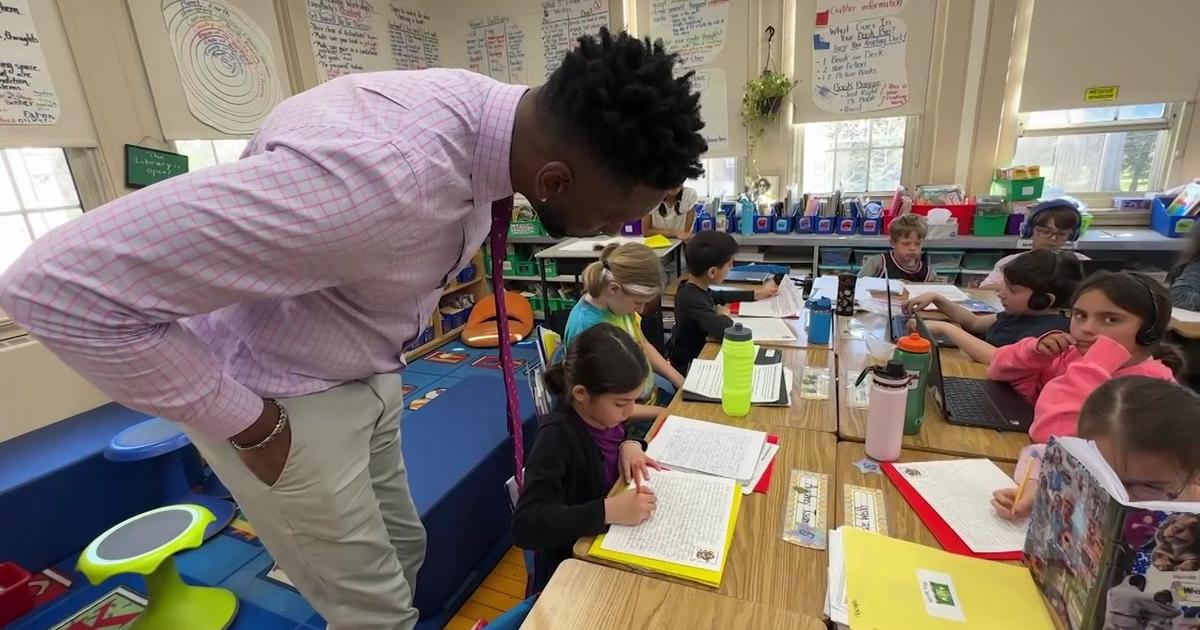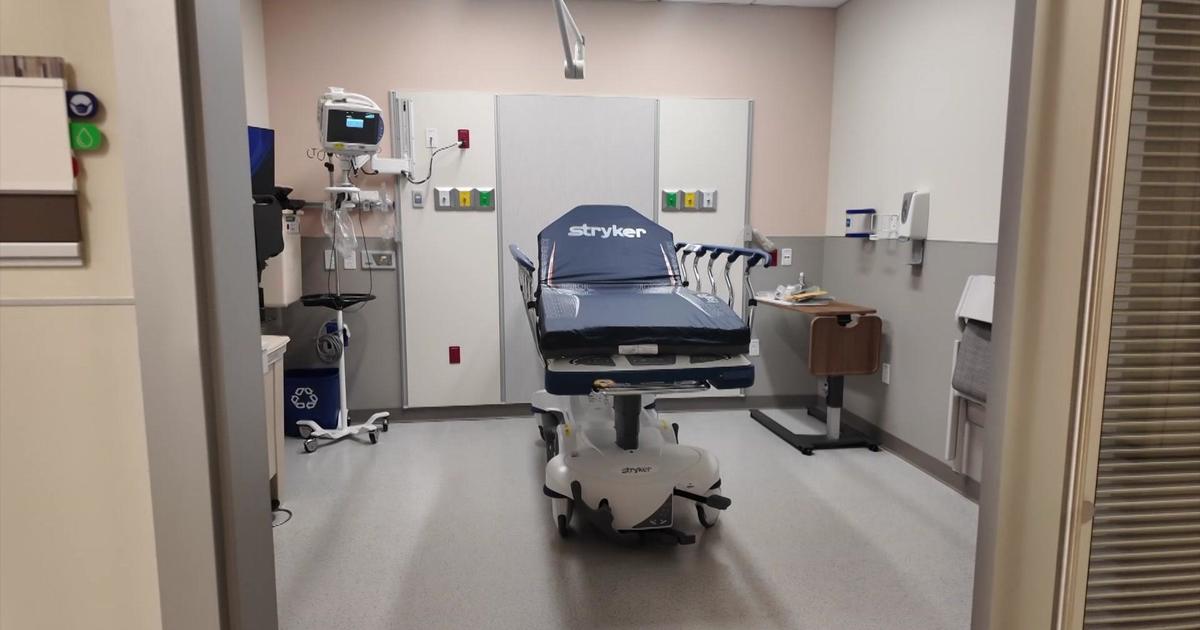Suffolk County Medics Train Alongside ATF Agents To Prepare For The Worst
NEW YORK (CBSNewYork) -- Agents with the Bureau of Alcohol, Tobacco, Firearms, and Explosives respond to life threatening situations across the country, and train in our area.
Imagine an active shooter situation. Law enforcement must stop the shooter, and care for the wounded.
On Tuesday, CBS2's Meg Baker got a lesson in tactical combat casualty care with the ATF and Suffolk County's Medical Crisis Action Team.
It started in the classroom, before a trip to the field.
"We have a barricade situation here where you need to stay low and then treat your patient," Special Agent Tactical Medic, Shannon Wamsley said, explaining the mission for the day.
The first order of business was putting on the proper gear for this life-like training. A tactical vest and helmet keep medics safe while providing care for the wounded.
"Simmunitions, the closest we can get to a real law enforcement environment where gun shots ringing out, take care of casualties while worrying about other threats around you," ATF Special Agent Program Manager, Tactical Medic, Joshua Knapp instructed.
Knapp trains medics across the country to handle crisis situations. When every second counts medics use the acronym MARCH to indicate the proper lifesaving steps.
"M' stands for massive bleeding. First thing to control because you can bleed out very quickly," Wamsley explained.
Tuesday's drill required finding a leg wound and treating it with a tourniquet, and applying a seal to a chest wound.
"A' stands for airway because if your airway is not open then you are not breathing," Wamsley said.
Making sure the patient's head is back and their chin is lifted ensures an open airway.
"R" means listening to see if the casualty's lungs are still functioning. If not, a needle can be used to puncture a hole just above the third rib.
"C" stands for circulation. Bleeding should be reassessed, and additional bandages applied if needed.
Finally "H" stands for the head. Check the victim's head to see if they are awake and coherent. It also stands for hypothermia which can be brought on by shock.
Performing these steps while wearing heavy gear and being fired upon is no easy feat.
"We had an agent get shot on a warrant in Dallas, and I was the medic on that scene, so everything you did was exactly what I did," Special Agent Bill Hassell explained.
Suffolk County's MedCat team trains with ATF agents.
"There has been a national effort to train law enforcement. ATF has done spectacular work nationally, but all agencies have to develop this program on a local front," Chief Scott Coyne, Suffolk County MedCat said.
When these incidents happen it's a local response on the scene first.



